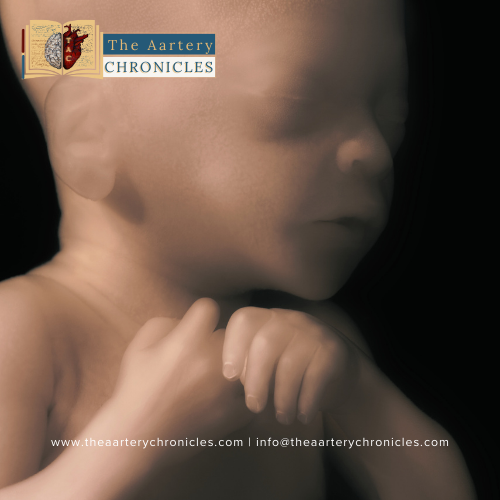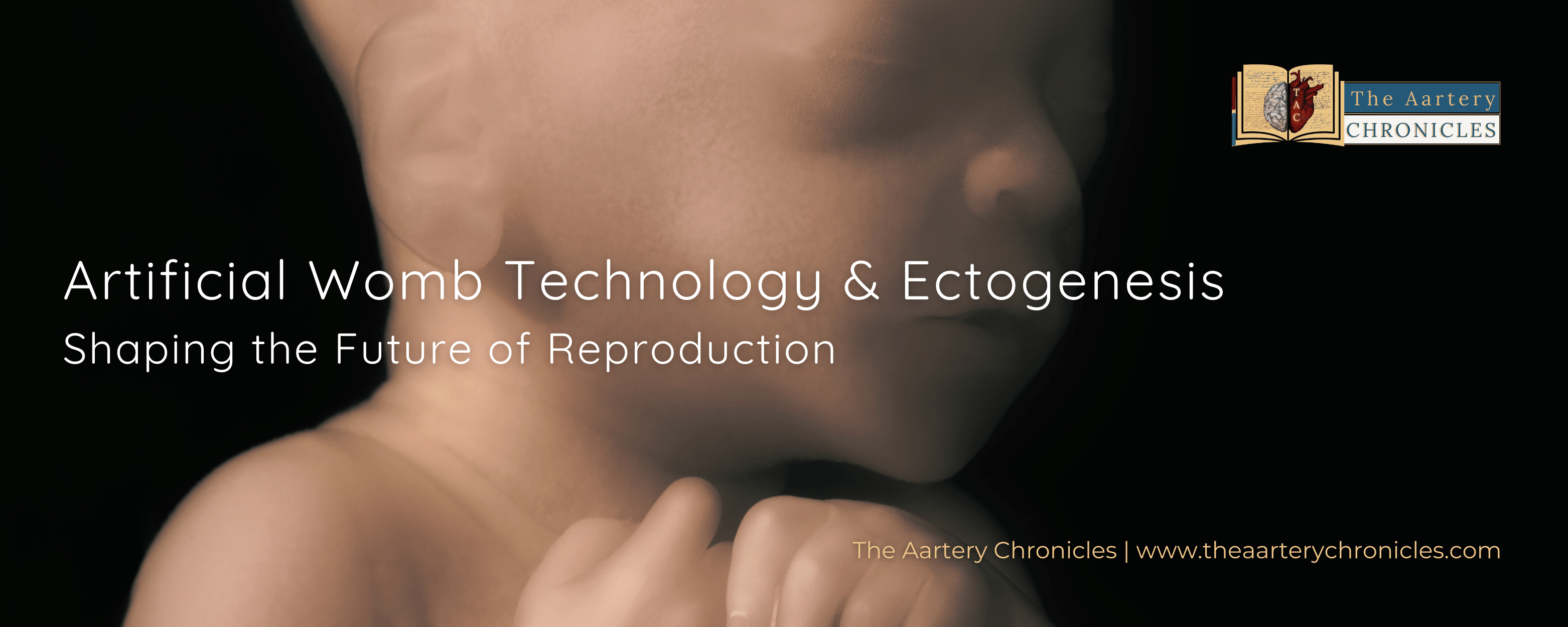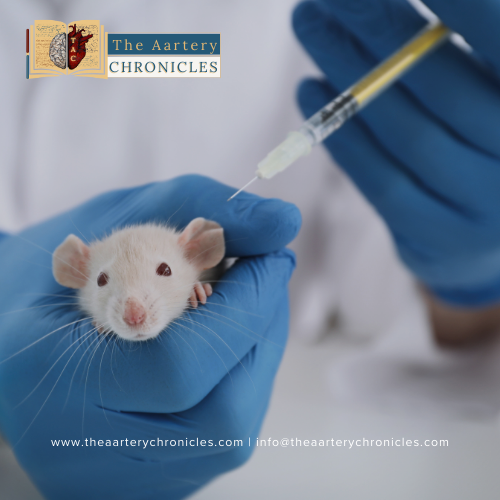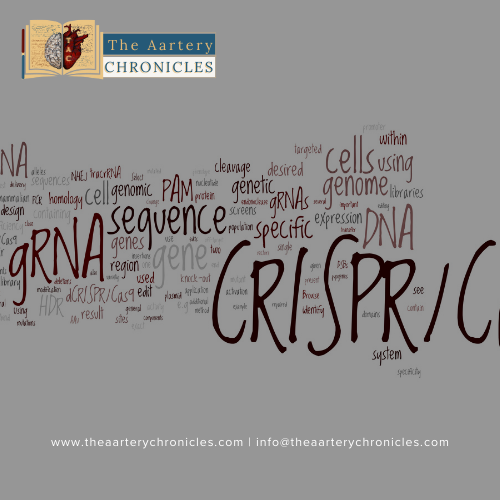

Artificial Womb Technology and Ectogenesis: Shaping the Future of Reproduction
Artificial Womb Technology and Ectogenesis: Shaping the Future of Reproduction
An “ectogenous incubator” strives to imitate the conditions and processes within the uterus that are essential for the growth of a fetus. Ectogenesis has the potential to provide a regulated setting for the maturation of premature fetuses, enhancing their likelihood of survival and well-being. However, this concept also brings up ethical, societal, and medical issues that require thorough assessment as technological progress continues in this domain.
An Overview of Ectogenesis
Ectogenesis is a technology that enables the fetus to be grown in an artificial environment outside the human body. This artificial environment is most of the time an ectogenous incubator that provides the uterine environment and functions of the womb to the fetus.
The term “artificial womb technology” (AWT) is frequently used to refer to the technological aspect of the process commonly known as “ectogenesis.” The advancements in in-vitro fertilization and the increased survival rates of preterm births have opened up new possibilities for ectogenesis, including the potential for in vitro implantation and complete fetus development.
Background: Historical Insights | Past Milestones and Ongoing Research in Reproductive Technology
Background: Historical Insights | Past Milestones and Ongoing Research in Reproductive Technology
The earliest possible reference to an artificial womb can be traced back to the time of Mahabharata. According to legend, Queen Gandhari reportedly gave birth to a lump of flesh that was subsequently divided into 101 parts, eventually developing into fully-formed babies who were later known as Kauravas.
In the year 1923 JBS Haldane first coined the term ectogenesis. On July 25th, 1978, Louise Brown, the first baby conceived through in-vitro fertilization (IVF), was born. The first ever attempt of supporting the development of human embryos outside the human body was conducted in Italy in the year 1982, however, the program was stopped due to ethical issues. In 1989, it was reported that the first human embryo had been implanted in an ex vivo, extracorporeally perfused uterus. This sparked debate and raised ethical questions.
On June 15, 1993, the United States Patent Office issued a patent for an artificial uterus or placental chamber, marking a noteworthy achievement in reproductive technology. This placental chamber device was primarily designed for premature babies, allowing them to stay connected to the placenta via the umbilical cord. Research has been ongoing to create uteri using tissue engineering techniques. However, it is primarily focused on experimentation with animals.
Successful outcomes of experiments in extending the survival and development of premature lambs using the EXTEND and EVE protocols.
EXTEND Protocol in 2017: The EXTEND protocol was employed successfully to support premature lambs for four weeks. This suggests that the protocol allowed these premature lambs to survive and develop outside the womb for an extended duration.
EVE Protocol in 2019: This experiment demonstrated the survival of fetal lambs for around 19-20 days. The EVE protocol appears to have maintained healthy somatic growth and normal cardiovascular functioning.
There was no inflammation or infection observed in the lambs during the experiments is noteworthy. This suggests that the protocols were designed to create a controlled and sterile environment to minimize potential complications.
Advancements in the field of Artificial Womb Technology and its Potential Implications
Advancements in the field of Artificial Womb Technology and its Potential Implications
Physiological Effects and Viability: Considerable strides have been taken in showcasing the physiological impacts of the artificial environment and the viability of providing extra-corporeal support of younger animals biologically comparable to a 22–24-week gestation human fetus, in addition to advancements in extracorporeal circuit configuration and oxygenator technology. According to reports, this will be the main clinical target group for AWT as a platform for providing life support to extremely premature infants.
Partial Ectogenesis and Technological Developments: Advancements have been made in achieving partial ectogenesis by the practice of saving prematurely born fetuses using increasingly advanced incubators and other technological developments. While complete ectogenesis remains a speculative concept, discussions about it have persisted for decades. Certain aspects of ectogenesis have been partially realized, particularly in industrialized nations, thanks to in vitro fertilization (IVF) and other assisted reproductive procedures.
Potential Advantages of Ectogenesis
Potential Advantages of Ectogenesis
There are some potential benefits and implications of ectogenesis, particularly concerning decreasing morbidity and mortality among premature infants, expanding reproductive possibilities, and addressing gender-related roles and concerns.
Decreasing Morbidity and Mortality for Premature Infants: Ectogenesis holds the potential to significantly reduce morbidity and mortality among extremely premature infants. The technology of artificial wombs can provide a milieu that would enable a fetus to continue growth in an environment resembling a uterus without the stress of premature birth. This would help improve the standards of neonatal care which would further help decrease morbidity and mortality of preterm infants.
Reproductive Possibilities for Diverse Groups: Gay male couples, single male couples, and women who are unable to carry a child may be able to have biological offspring with the help of artificial womb technology.
Complete Ectogenesis and Gender Roles: The concept of complete ectogenesis garners support from scholars globally. It is viewed not just as a means to aid those who cannot conceive naturally, but also as a mechanism to emancipate women from their traditional reproductive roles in society. This vision could detach procreation from reliance solely on the female body, liberating women not only from the physical and societal constraints of pregnancy and childbirth but also from the subsequent challenges they often face.
These possibilities hold promise, but they also raise complex ethical, cultural, and social questions that require careful consideration.
Ethical Issues Around Ectogenesis
Ethical Issues Around Ectogenesis
There are a few moral, ethical, and practical dilemmas associated with ectogenesis and artificial womb technology.
Loss of Physical Bond: Moral and ethical complexities encircle ectogenesis, with concerns raised about potential adverse effects on the unborn child. Some suggest that this technology might disrupt the natural development process. In a conventional pregnancy, a “physical bond” forms between the mother and baby due to the baby being carried within the mother’s womb. However, this connection is absent in pregnancies involving ectogenesis or an artificial uterus, as the fetus is outside the mother’s body. As a result, the traditional “bond” between mother and child could potentially diminish.
Health and Nutritional Concerns: The development of a fetus outside the human body raises concerns about the physical health of the child. Whether an artificial womb can sufficiently provide nutrients to the fetus as with natural pregnancy is uncertain.
Medical Responsibility and Insurance: Furthermore, the burden of medical responsibility for maintaining embryos within an artificial placenta would place additional strain on an already overburdened hospital system. The question of whether this technology should be covered by health insurance is a crucial consideration.
Impact on Abortion Regulations: One of the most important moral conundrums raised by the potential creation of artificial wombs is the effect it would have on abortion regulations.
The promotion of scientific discoveries for the betterment of humanity is a longstanding principle. Nevertheless, the exploration of medical progress necessitates a simultaneous consideration of ethical, moral, and religious implications. To strike a balance, establishing suitable legal frameworks becomes imperative to align with these advancements.
While legal measures are not intended to impede medical progress, they serve as safeguards for both individual rights and societal welfare. These frameworks ensure that the benefits of medical science are harnessed while respecting fundamental values and concerns.
Conclusion
The concept of ectogenesis and artificial womb technology presents a fascinating intersection of scientific innovation, medical possibilities, and ethical considerations. The potential to extend the survival of premature infants and expand reproductive options is undeniable. However, alongside these promises come intricate moral and societal dilemmas that demand careful contemplation.
Although the quest for understanding and advancements in medicine is praiseworthy, it is equally essential to safeguard the rights of individuals and respect the societal values that shape our shared norms.

Author: Sanika Pande
Medically Reviewed by Dr. Aarti Nehra, MBBS, MMST, IIT Kharagpur




